There’s something oddly comforting about seeing old hairstyles make their way back into the mix. Maybe it’s the familiarity, or maybe it’s just fun to borrow a little style from another era and make it feel like your own. Either way, the past has been quietly influencing what we’re seeing on heads right now—from curtain bangs to soft waves and sculpted shapes that feel both nostalgic and fresh.
What’s different this time is the way these looks are being worn. Instead of sticking to the exact blueprint, people are mixing in texture, loosening the structure, or pairing vintage cuts with modern color. It’s not about recreating a decade—it’s more like taking the best bits from each one and giving them space in the present.
The Flapper Bob
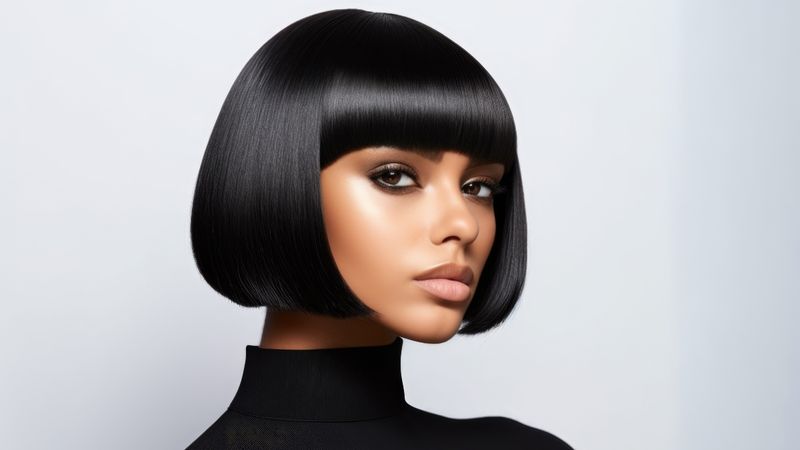
The flapper bob, a revolutionary hairstyle of the 1920s, marked a bold move away from traditional long locks. Women embraced this chic, short style for its liberating effect. Today, the bob is back with a twist. Stylists add asymmetrical layers and vibrant colors to give it a fresh, contemporary edge.
Imagine the classic bob with a burst of pink or purple, adding a playful touch. This updated look is perfect for those wanting to stand out while paying homage to a rebellious era. It’s a haircut that continually reinvents itself.
Did you know? The bob was once considered scandalous, symbolizing women’s liberation and empowerment.
Victory Rolls
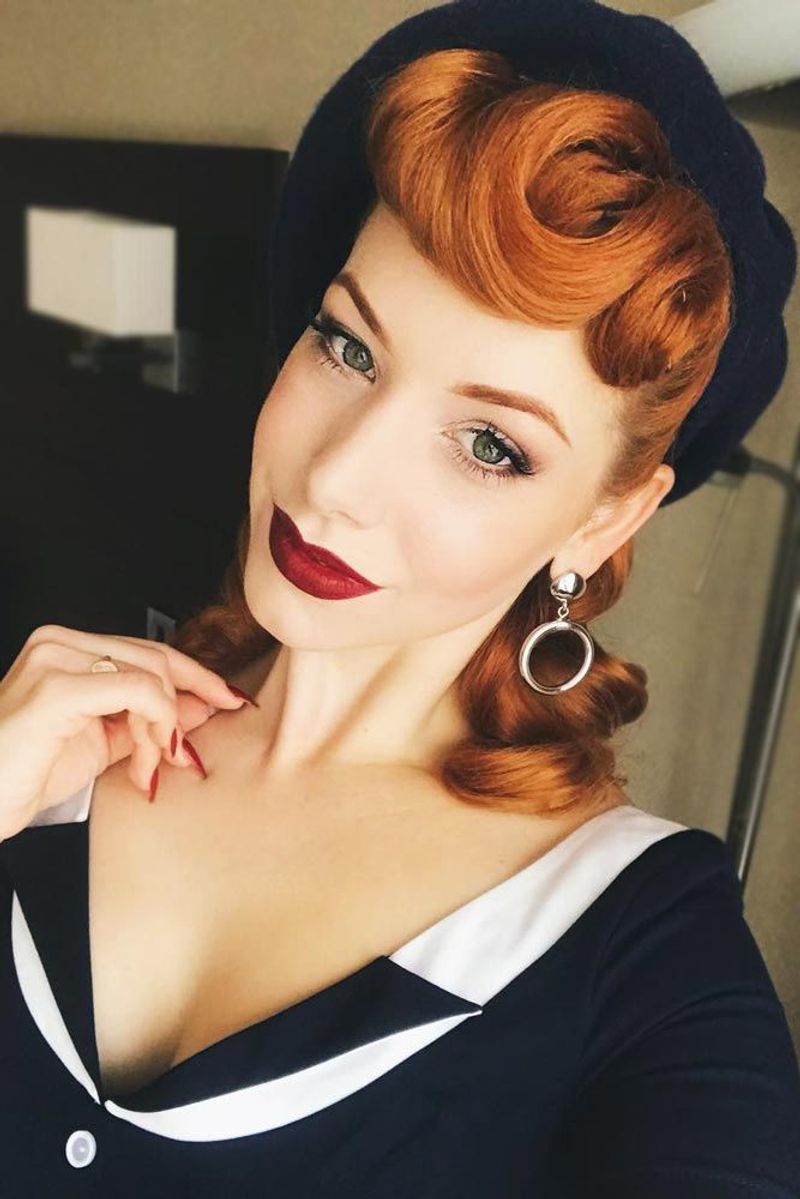
Victory rolls, popularized during the 1940s, are characterized by their voluminous, rolled sections of hair. Originally a symbol of wartime victory, they’ve evolved into a statement of elegance and flair. Modern versions offer a relaxed, tousled look, perfect for a day-to-night transformation.
These rolls can be paired with sleek ponytails or loose waves, making them versatile for any occasion. The style is both nostalgic and innovative, appealing to those who admire retro charm with a modern twist.
A fun fact: Victory rolls were named after the aerobatic maneuvers performed by fighter planes during World War II.
Beehive

The beehive, soaring to fame in the 1960s, was known for its towering height and dramatic flair. Originally associated with glamour and sophistication, it’s been reimagined with a softer, more approachable vibe.
Today’s beehive is less stiff and more adaptable. Stylists often incorporate braids or accessories to create texture and interest. This iconic look celebrates volume and creativity, appealing to those who dare to be bold.
Here’s a quirky tidbit: The beehive was inspired by a hat! Its creator, Margaret Vinci Heldt, drew inspiration from a fez.
Shag Cut

The shag cut, an emblem of the 1970s rock scene, is celebrated for its layers and carefree, tousled appearance. Once the go-to style for rock legends, it remains a favorite for those craving an effortlessly cool vibe.
Contemporary versions enhance the texture with modern techniques, blending soft and choppy layers. This creates movement and volume without sacrificing its laid-back appeal.
Curious fact: The shag cut was originally designed to work with the natural flow of hair, emphasizing its organic texture and dynamic movement.
Finger Waves
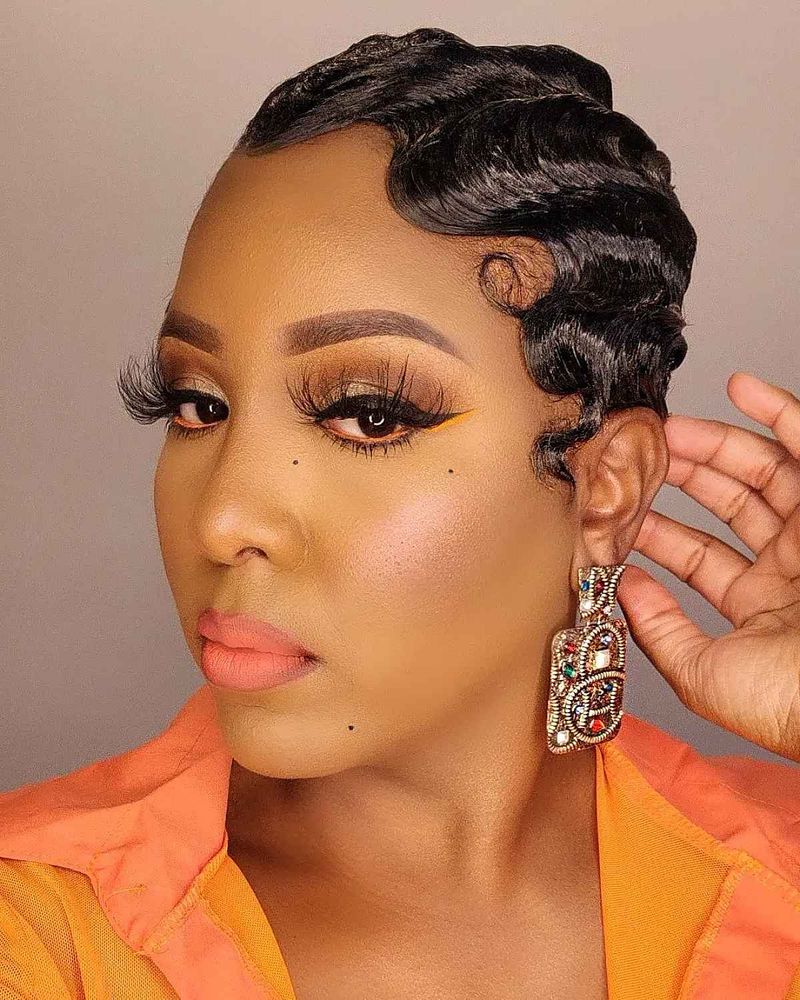
Finger waves, synonymous with the 1920s and 1930s, are characterized by their smooth, sculpted waves. These waves have been revived with a contemporary twist, often combined with modern cuts for a fresh take.
Today’s version embraces both sleek and textured styles. Stylists use innovative products to achieve a more lasting wave, suitable for various hair lengths. It’s a sophisticated look that bridges past and present.
Did you know? Finger waves were originally created using just fingers and a comb, showcasing the artistry of hairstyling.
Pompadour

The pompadour, a timeless classic, was named after Madame de Pompadour, a style icon of the 18th century. Known for its high, voluminous front, it has seen numerous revivals.
Today’s pompadour is sleek and edgy, often paired with undercuts for a contemporary look. This style offers a striking contrast between polished elegance and modern rebellion.
Fascinating tidbit: The pompadour’s popularity surged again in the 1950s, thanks to rock ‘n’ roll stars who made it their signature look.
Afro
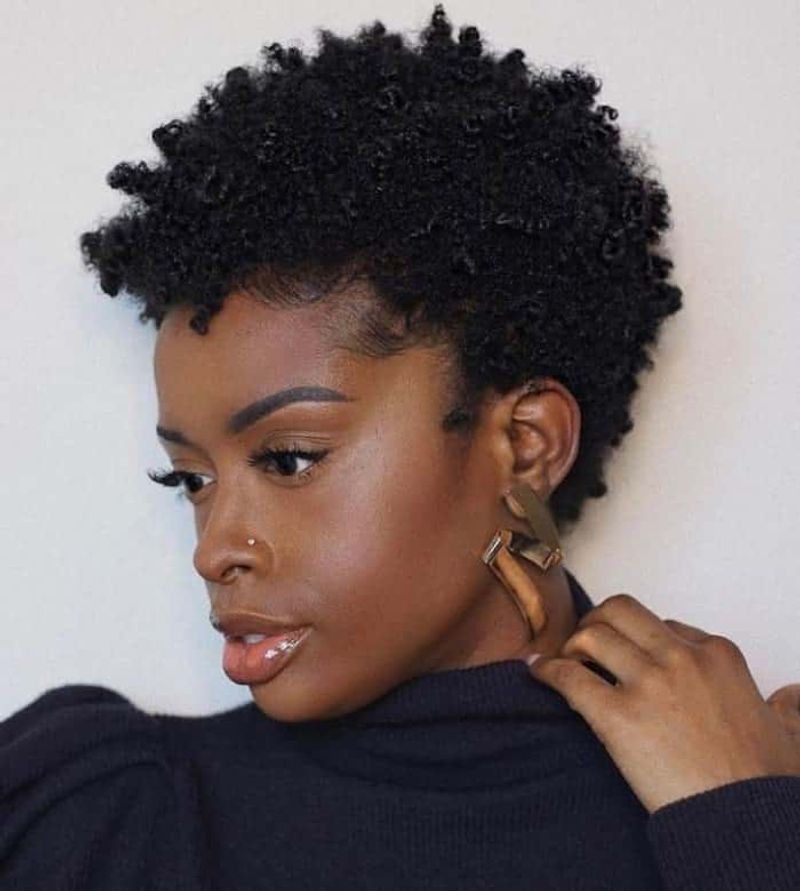
The Afro, a symbol of pride and identity, gained prominence in the 1960s and 1970s. Celebrated for its natural volume and texture, it remains a powerful statement of cultural heritage.
Modern Afros are versatile, allowing for personalized shapes and styles. They can be accentuated with colors or patterns, offering endless possibilities for expression.
Here’s an intriguing fact: The Afro was not just a hairstyle but a movement, representing the fight for civil rights and equality.
Bouffant
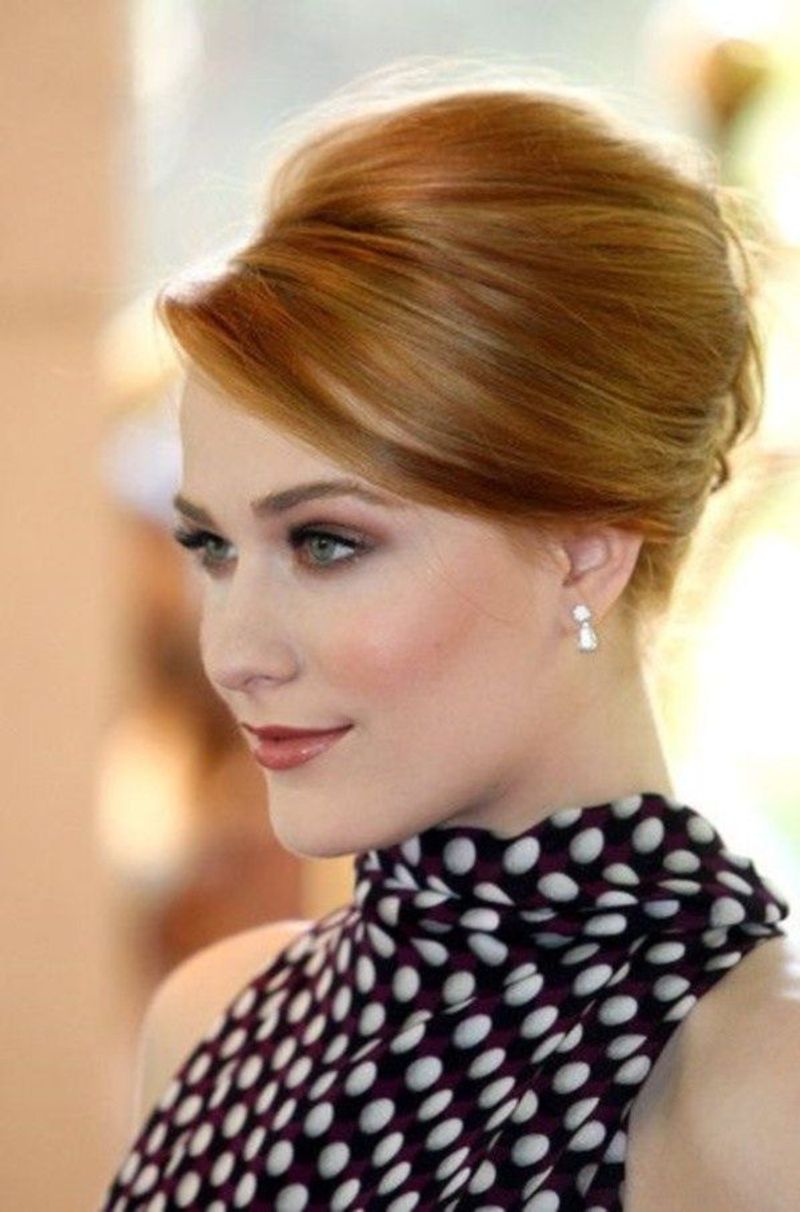
The bouffant, a hallmark of 1960s fashion, was renowned for its full, rounded shape. It conveyed elegance and sophistication, often seen on screen icons and royalty.
In its modern incarnation, the bouffant is subtler, with volume that complements rather than overwhelms. Stylists incorporate contemporary elements to maintain its regal charm.
Did you know? The bouffant was often achieved by backcombing the hair, creating an illusion of thickness and height.
Pixie Cut
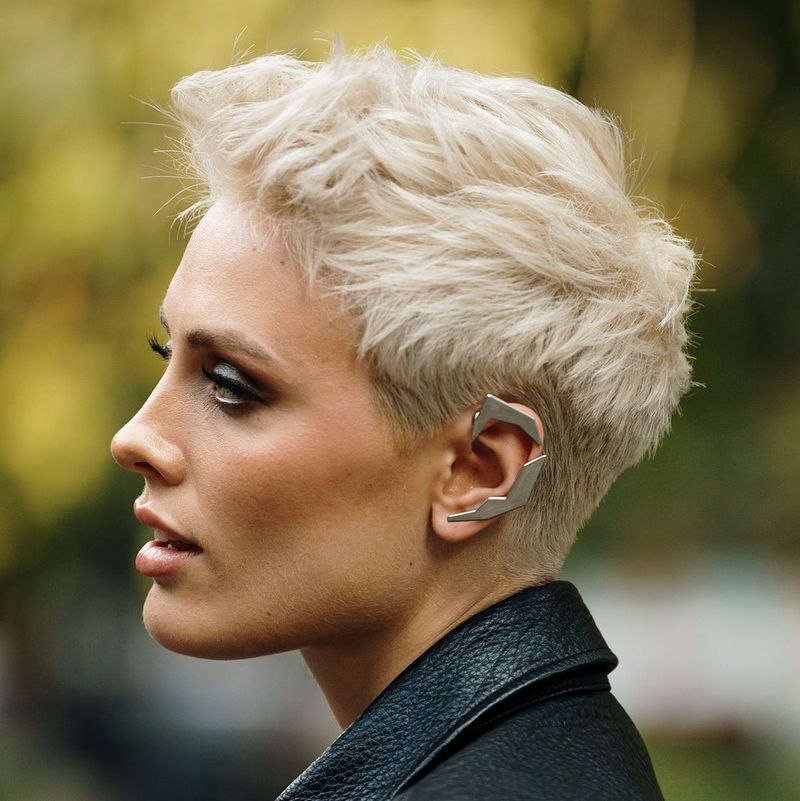
The pixie cut, a daring departure from traditional long hair, became iconic in the 1960s. Known for its short, cropped style, it’s a symbol of boldness and individuality.
Today’s pixie is versatile, with options for playful textures or sleek finishes. It’s a chic choice for those seeking a low-maintenance yet fashionable look.
Here’s a fun fact: The pixie gained fame when actress Mia Farrow sported it in the film “Rosemary’s Baby,” captivating audiences with its striking simplicity.
Pageboy
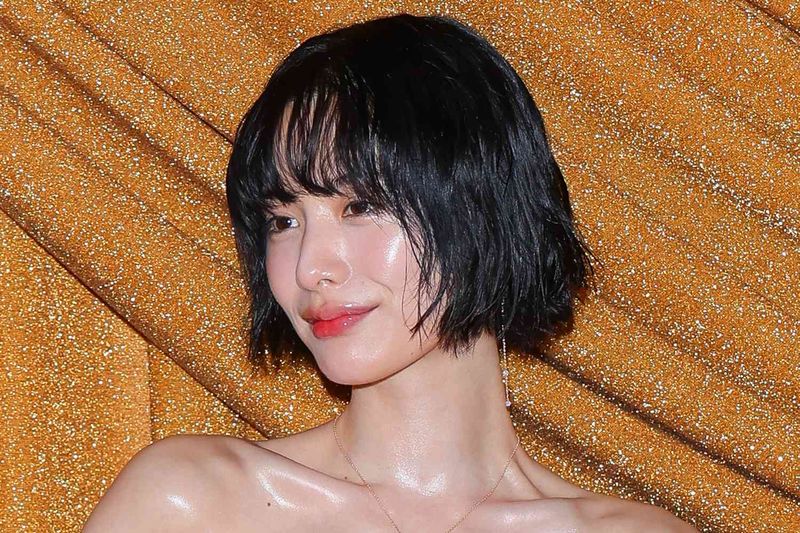
The pageboy, reminiscent of the 1950s and 1960s, is characterized by its straight, smooth lines. Originally worn by both men and women, it conveys a sense of order and symmetry.
Modern adaptations include bold colors and asymmetric cuts, transforming the classic into a contemporary fashion statement. This style suits those who appreciate structure with a playful twist.
Interesting tidbit: The pageboy was named after the historical haircut worn by boys in medieval times, reflecting its timeless appeal.
